 |
|
||||||
|
 |
|||||||||
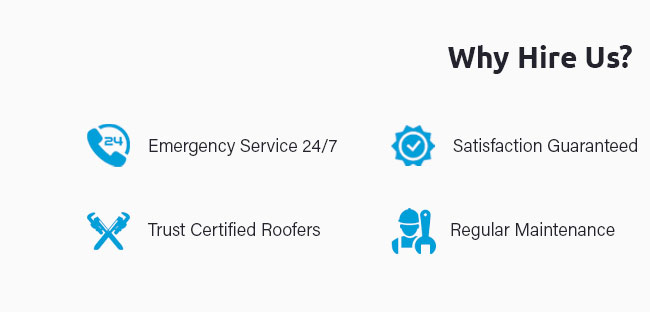 |
 |
 |
 |
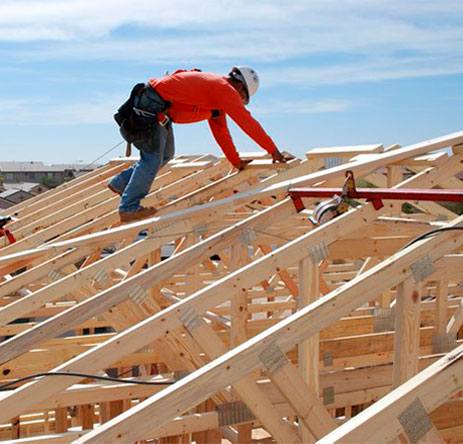 |
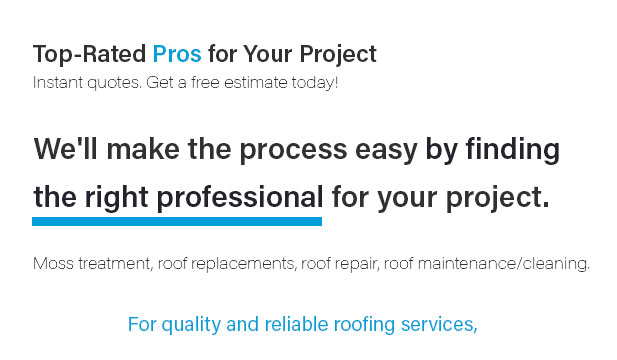 |
 |
 |
 |
|
|
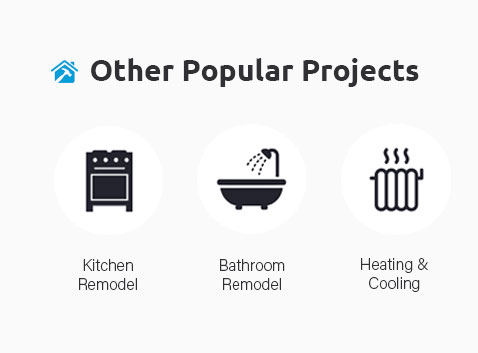 |
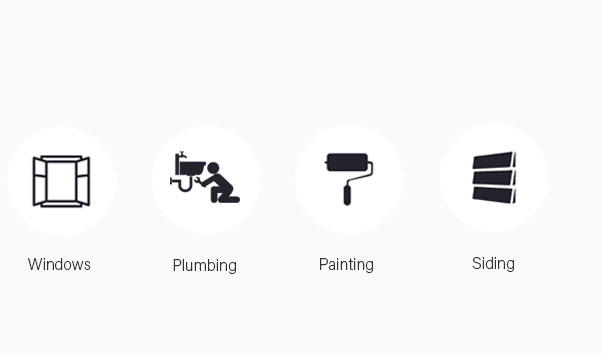 |
 |
 |
|
7dov47pjq Comprehensive Guide to Polyurethane Roof Repair Techniques and TipsPolyurethane roofs are known for their durability and waterproofing abilities. However, like any roofing material, they may require repairs over time. Understanding how to effectively repair a polyurethane roof can extend its lifespan and maintain its performance. Understanding Polyurethane RoofsPolyurethane roofing systems are popular due to their seamless application and excellent insulation properties. These roofs are usually applied as a liquid, forming a protective layer that withstands harsh weather conditions. Benefits of Polyurethane Roofs
Common Repair IssuesDespite their resilience, polyurethane roofs can develop issues over time. Some common problems include cracking, blistering, and ponding water. Identifying DamageRegular inspections are crucial. Look for cracks or blisters, which can indicate underlying problems. If you notice ponding water, it might suggest drainage issues. Repair Techniques
Understanding the cost to replace plywood on roof can also be beneficial if structural issues are detected. Preventative MaintenanceRegular maintenance can prevent major repairs. It's essential to clear debris, ensure proper drainage, and apply a protective coating every few years. Seasonal ChecksInspect your roof at the start of each season to address any minor issues before they become major problems. This proactive approach saves money and extends the roof's life. Professional HelpConsider hiring professionals for thorough inspections and repairs. They have the expertise to handle complex issues efficiently. FAQ on Polyurethane Roof Repair
For those dealing with other roofing materials, understanding the process of cement roof tile replacement might also be helpful. https://inlandcoatings.com/polyurethane-coatings/
At Inland, we know that roof replacement or roof repair isn't something you want to do often. The best roofing systems are ones ... https://www.americanweatherstar.com/pros-and-cons-of-urethane-roof-coatings/
Urethane roof coatings (more commonly known as polyurethane roof coatings) are among the strongest and most durable elastomeric coatings available in the ... https://gaco.com/roofing/urethane-roof-coatings/
Maintain and extend the life of an existing roof system with urethaneone of the most durable and impact-resistant roof coatings available. Gaco polyurethane ...
|







